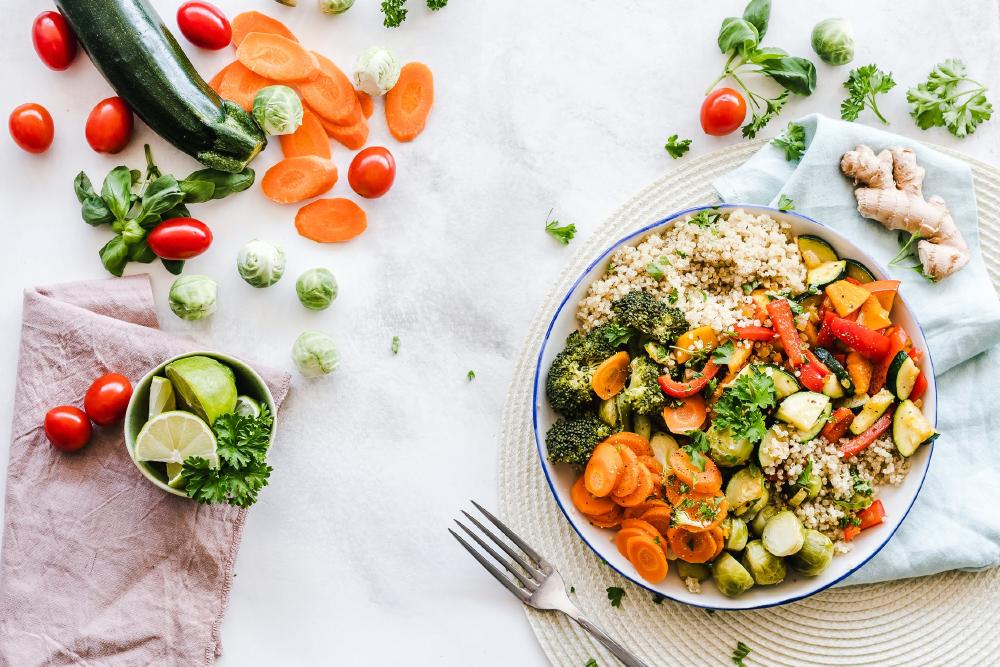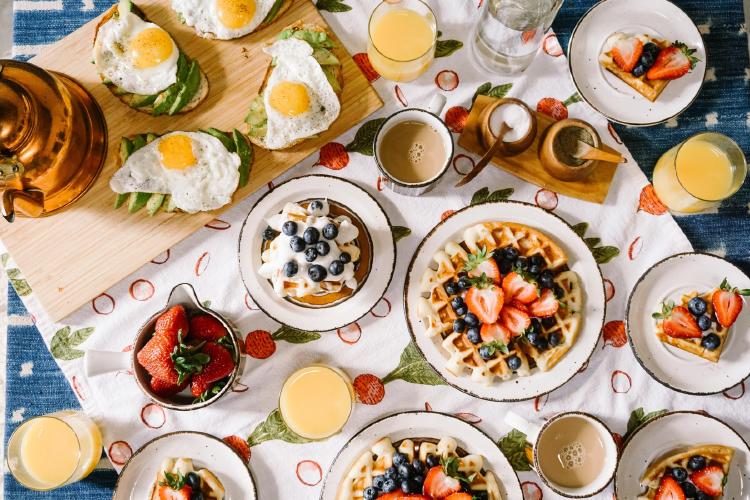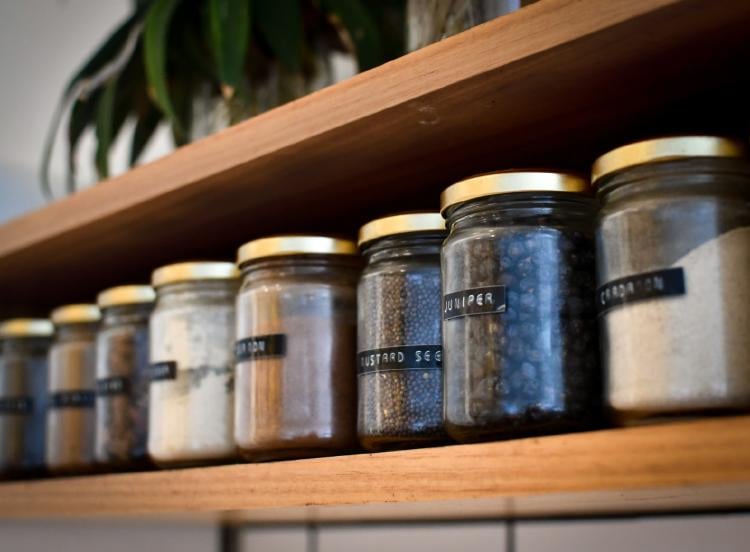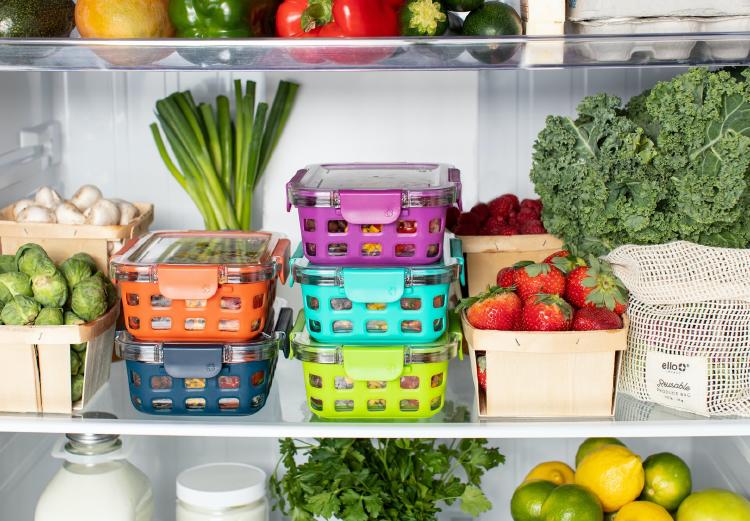
Food waste is basically food that is not eaten. Simple as that. So, there must be something we can do about it right? Let’s get into Food Waste 101: Simple Steps Towards a Zero Food Waste
And What Happens to the Food that Doesn't...
Almost one-third of the food you buy goes to waste. With all of that wasted food, we could feed 60 million people for a year! When organics, like food, are trapped in a landfill they can’t decompose.
Other than the ecological impact of wasted food, you’re throwing away $1,800 a year. That is a lot of money!
The Natural Resources Defense Council, however, found out that 79 percent of people think they produce less food waste than the average American, revealing a disconnect between perceived and actual impact.
Meanwhile, 41.2 million Americans do not know where their next meal will come from, including 12.6 million children and 5.4 million seniors. And food insecurity exists in every county in the U.S.
As you can see this is a multi-hyphen problem. So let’s talk about what can we do, it’s not that hard, you’ll see.
What we need first is a change of mindset. Let’s think instead of “I am what I eat” I am what I don’t eat. Here are some notions we have to start rethinking to start our journey to reducing food waste.


With this in mind, you are ready to go shopping. But first, let see some essential tools for a zero-waste food grocery shopping trip. Not wasting is not that complicated.
Before getting to your car (or bicycle) take a walk through your kitchen and take five minutes to make a simple meal plan for the week. I know, this sounds dreadful but it doesn’t have to be a step-by-step detailed plan on what are going to be your next 50 meals. It’s more of a path based on what you already have at home to make sure you don't waste food.
TIP! Always keep in mind potential eating out occasions. If you have a night out with friends, keep in mind that you won’t be home for dinner that day.

We always buy more than we need, and sadly that leads to food waste. So after you strolled through your kitchen make a list based on the meal plan you already made. And here comes the hard part: buy only what’s on that list!
Yes! There is a difference between these labels, and it can help us reduce waste!
The ‘use by’ date on packaged food tells us when it is still safe to eat the product. This label is mostly found in perishable foods such as meat and dairy. So it’s best if you don’t stock up and buy when needed.
‘Best before’ dates are more flexible than use by date. This label shows that after this date foods like beans, wheat and pasta can be consumed safely. The date just means their quality may have decreased a little. But nothing major. You can buy in bulk and properly store them.
Now that you are home, take some time to store food properly. This way we can reduce food waste almost by half!
If you can’t eat something in time, and you notice it starting to look a little tired, freeze it. Most fruits and vegetables can be frozen and used again. And who doesn’t love a frozen fruit smoothie? >> Vegan Smoothies: How to Relax in a Healthy and Delicious Way

Regularly check your cupboards and fridge and use foods nearing their expiry date.
You can set up an “Eat soon” shelf or drawer and try to make recipes with ONLY the things you find there. This should be fun.
Remember to forget about recipes. Let your fridge decide what’s for dinner!
First, if you don't already have some, get some containers, so you can save what is on your plate for later without compromising its integrity.
Before throwing away scraps or putting them right in your compost bin, ask yourself what can I do with them?
Also, a good thing to start practicing is portion control. This doesn't mean you can’t eat whatever you want, just put on your plate only what you are going to eat, this way you can avoid scraps altogether.
Serve smaller portions than usual and come back for seconds, like we said, less is less.
Use leftovers for lunch the next day. This way you’ll save time, money and reduce food waste.
Freeze for later. This is always an option! Having a frozen homemade meal ready to microwave is priceless on a lazy day.
I know, I know... this sounds gross. But mold is not always a sign that you need to throw away your food. Whether you can rescue your food or not depends on what it is. Here are some general rules that can help us know what to do:
Hard foods (i.e. cheeses, hard-cured meats, and firm fruits and veggies) should be safe to eat once the moldy part is removed. So if a bell pepper gets moldy, cut the part that is compromised and eat the rest right away, or you can store it in your freezer.
Soft Foods (i.e. cooked leftovers, dairy products, soft fruits, and veggies) should be composted or thrown out once they start to mold. If there is one moldy veggie or fruit in your fridge take it out ASAP, mold can spread easily if in contact with other foods.
We've talked about this, but let me remind you: food in landfills decomposes without oxygen. This is a phenomenon scientists call anaerobic digestion, this creates methane gas. If you thought carbon dioxide was good at trapping heat, methane gas kicks its butt. It is 25 times more effective at trapping heat than CO2, resulting in warming up our planet.
So of course our final step is...
After reduction and reuse, -that we tackled earlier- composting (recycling) is the best way to deal with organic waste.
Composting is a natural process where microorganisms biodegrade food waste, turning it into a dark, earthy, nutrient-rich material that promotes healthy soil.
Check out our Here is the complete Guide on how to Composting at Home. Don’t be scared it’s super easy, and you don’t even need a yard!!
Following these steps will help you reduce food waste at home. And don’t worry if from time to time you end up filling your compost bin with leftover food, take baby steps and be proud of yourself for being more conscious about food waste.
So we've talked about what to do at home. Now let’s talk about what can we do as a society to fight food waste.

Luckily today’s consumers are more conscientious, and after decades of not caring, we are starting to care. This means we can demand better policies and regulations to fight food waste. If we desire to live an ethical lifestyle we should tackle this problem as a whole.
We should demand our governments and community leaders to develop better processes for harvesting, storage, retailing, and transporting food. This is one major front for action in the fight against food waste.
They should increase investments to address food losses during food harvest. Bad timing, poor conditions during the harvest, and inadequate equipment for storage are a few of the causes of food loss before it gets to the consumer.
Food waste is an issue that spans the entire supply chain, from the farm to the consumer. And retailers play a huge part in it.
Improving communications between stores and suppliers will reduce the amount of waste generated by stores. Implementing public policies that demand retailers to donate the food before tossing it into the trash bin can help not only the climate crisis but feed millions of Americans.
Ask for more education. Trained farmers and retailers in best practices of food handling can save millions of tons of food going to waste. And well, it also saves money. So it’s a win-win situation. Also educating and training chefs on food waste reduction could go a long way toward curbing the waste generated by the restaurant, food service, and hospitality industries.
Finally, I bet you’ve heard about Food Insecurity. This is when you don’t have enough money to buy the healthy foods you need, or if you have to skip meals because you don’t have enough money to buy more food. And it’s a real problem. Donate any extra fresh produce and vegetables to the local food banks.
You can change someone’s life! You can find your nearest food bank here.
If you find this information useful and want to know more about Food Waste check out our Ultimate Guide about Food Waste and its Impact on the Environment.